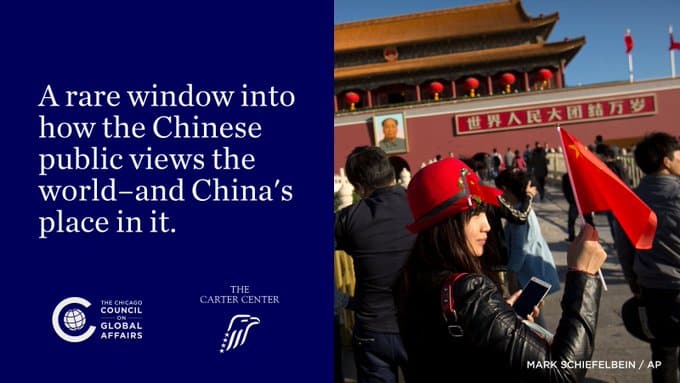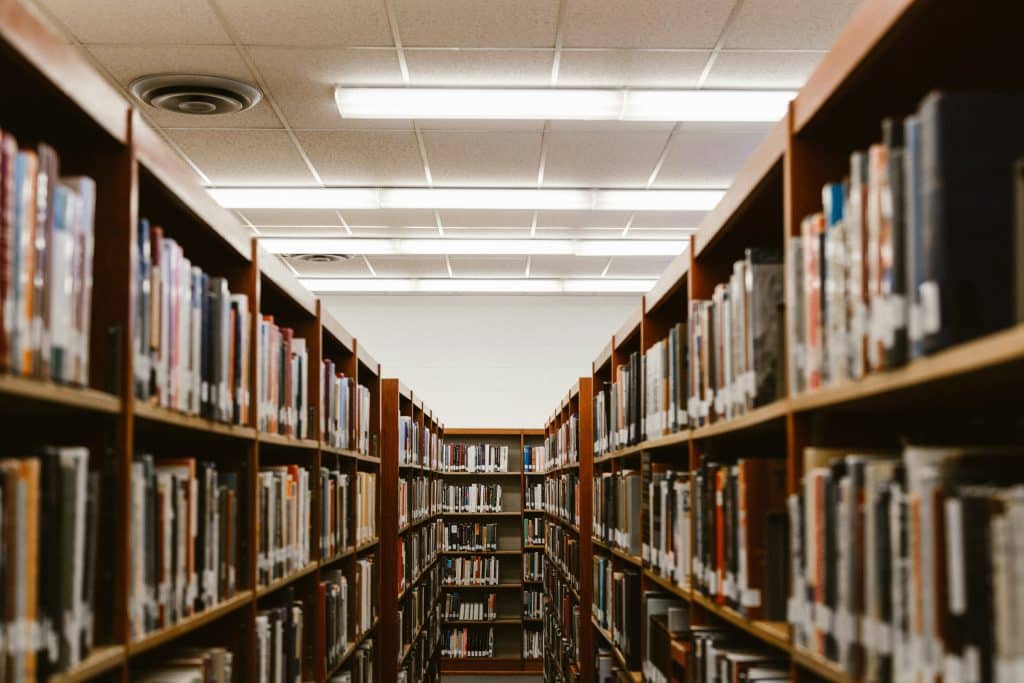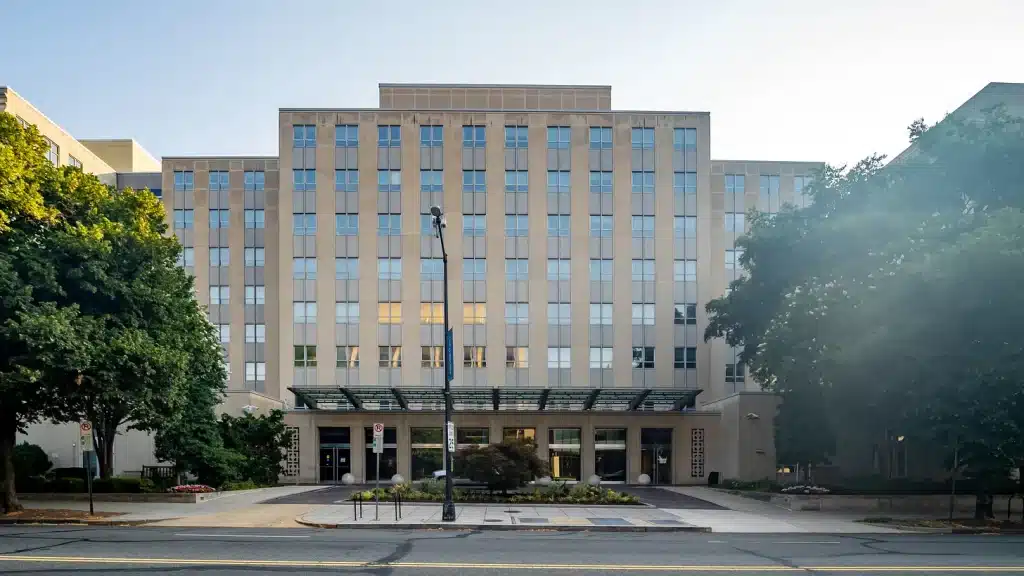USCNPM Event: The Trajectory of Chinese Higher Education
- Events
 Kathryn Putz
Kathryn Putz- 03/22/2021
- 0
On March 9th, 2021, The Carter Center’s U.S.-China Perceptions Monitor website, the United States Heartland Association, and the Chaming Forum jointly organized a seminar titled, “The Trajectory of Higher Education in China.” The event, which was moderated by Chief Information Officer at University of New Orleans Ray Wang, featured two experts in Chinese higher education. In his opening speech, Mr. Wang framed the event by saying, “It is my hope that this seminar can serve as a glimmer of light against the dark clouds of a very uncertain future.”
First, Dr. Denis Simon, Senior Adviser to the President for China Affairs at Duke University and Executive Director for Innovation Policy at Duke Law, provided a keynote address.
Dr. Simon began by elaborating on the accomplishments within China’s higher education sphere. In terms of education accessibility, the number of universities and enrollment of students in bachelors, masters and PhD programs have all increased dramatically in recent years. The number of tertiary students, for instance, has surged from 7.4 million to over 40 million since 2010. In terms of education quality, the Chinese Communist Party has made strong efforts to build world class universities. In 1995, the Ministry of Education initiated Project 211, which provided additional funding to select higher education institutions to advance curriculum and research development. Similarly, in 2006, the Ministry of Education began Project 111, which established 100 new innovation centers–equipped with high-end technology and talented foreign researchers.
However, while China has improved across many areas, Dr. Simon also identified enduring weak points within higher education. Namely, while the number of universities has grown exponentially, many lack quality faculty, causing college students to obtain a sub-par education. Additionally, Dr. Simon remains skeptical of the efficacy of government oversight in educational and research activities–primarily in the form of education policy, curriculum development, and exam content. Arguably, the large presence of government decision-makers restricts the free flow of information and ideas. Relatedly, while R&D spending in universities has grown, it has remained at 7-8% of total GDP for the last 10 years.
To conclude his presentation, Dr. Simon gave a series of recommendations he believes should guide China as it undertakes its 14th “Five-Year Plan:”a series of social and economic development initiatives brought forth by the Chinese Communist Party. First, he suggested greater support for students searching for jobs after graduation–currently, many companies face a shortage of well-trained talent. Additionally, Dr. Simon urged the Chinese government to begin deeper engagement with the international community, perhaps through increasing the number of joint-venture universities. Above all, Dr. Simon stressed the need for first-rate academic programs and faculty, saying, “quality, quality, quality.”
Subsequently, Dr. Zha Qiang, Associate Professor and Faculty of Education at York University in Canada, provided closing remarks. Most notably, he highlighted the distinction between benchmarking Chinese higher education relative to itself, as opposed to relative to the U.S.: the former paints a picture of success, while the latter presents room for further growth. The largest gap between the two countries, Dr. Qiang explained, exists within critical thinking skills of college students–while U.S. students show a sharp increase in critical thinking after matriculating, Chinese students experience declines.
Why is understanding higher education in China important? In essence, higher education is directly tied to economic growth. For China, the strength of its higher education education system will dictate whether it can shift from a low-value-added, low-wage manufacturing economy to a high-tech, high-productivity economy. Training high-skilled workers–and better connecting those workers to job opportunities within their fields–will be the crucial step in leveraging human capital for innovative growth. Evidently, events such as this one are necessary to grasping China’s prospects for continued growth.







